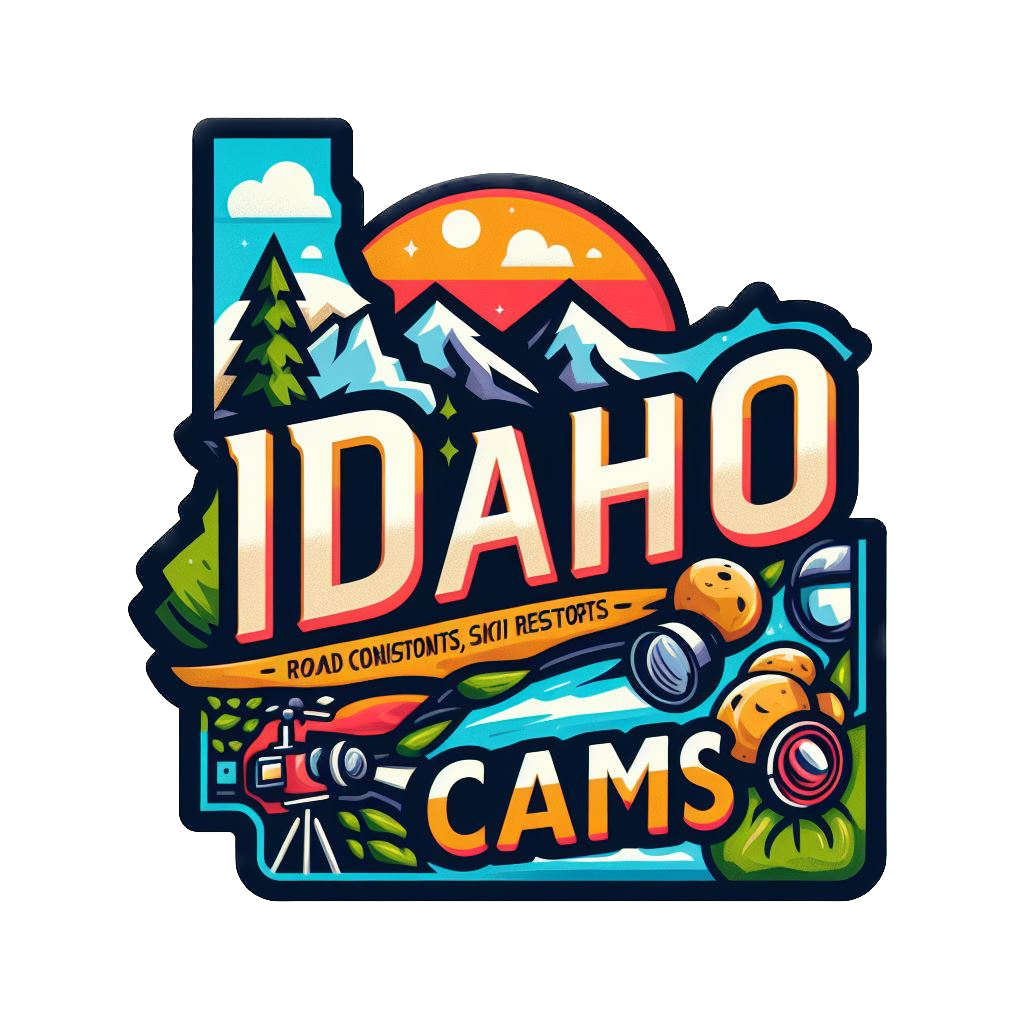Teton Valley, ID Weather Cams
Grand Tetons in Teton Valley, ID
Tetonia: TetonCam
Teton Valley, Idaho: A Journey Through Time
Teton Valley, ID Weather Cams. Teton Valley, nestled in the heart of the Rocky Mountains, boasts a rich history that spans millennia. From ancient Paleo Native Americans to intrepid mountain men, this picturesque valley has witnessed remarkable events. Let’s delve into its captivating past.
Early Inhabitants and Native Tribes
Teton Valley, Idaho, is nestled between the Teton Range to the east and the Big Hole Mountains to the west. Long before European settlers arrived, the valley was inhabited by Native American tribes, including the Shoshone, Bannock, and Nez Perce. These tribes used the rich resources of the valley for hunting, fishing, and gathering. They followed seasonal patterns, moving with the availability of game and plant resources. The region served as a crucial hunting ground and meeting place for these indigenous peoples.
European Exploration and Fur Trade
In the early 19th century, European explorers and fur traders began to venture into the Teton Valley. John Colter, a member of the Lewis and Clark Expedition, was one of the first known white men to explore the region in 1807. The valley soon became a significant area for fur trappers due to its abundant beaver populations. By the 1820s, the valley was a well-known rendezvous point for trappers and traders. These gatherings allowed for the exchange of furs, goods, and information, fostering a nascent network of trade in the Rocky Mountain region.
Settlement and Agriculture
Permanent settlement in Teton Valley began in earnest in the late 19th century. The Homestead Act of 1862 attracted settlers looking for fertile land to farm. The first homesteaders arrived in the 1880s, drawn by the valley’s rich soil and plentiful water. Agriculture quickly became the backbone of the local economy. Early settlers grew crops such as wheat, barley, and potatoes, and raised livestock. The establishment of irrigation systems further boosted agricultural productivity, making the valley one of the prime farming areas in Idaho.
The Arrival of the Railroad
The arrival of the railroad in the early 20th century marked a significant turning point for Teton Valley. The Union Pacific Railroad extended a branch line to the valley, which facilitated the transport of agricultural products to larger markets. This development spurred economic growth and led to an influx of new settlers. Towns such as Driggs, Victor, and Tetonia flourished as commercial hubs. The railroad also brought tourists, who were attracted by the valley’s stunning scenery and opportunities for outdoor recreation.
Tourism and the Modern Era
Tourism has played a pivotal role in the history and development of Teton Valley. In the mid-20th century, the establishment of Grand Teton National Park just over the border in Wyoming increased the valley’s appeal as a tourist destination. The scenic beauty of the Teton Range, along with recreational activities such as hiking, fishing, and skiing, drew visitors from across the country. The development of ski resorts, such as Grand Targhee Resort in the 1960s, further cemented the valley’s status as a premier destination for winter sports.
Community and Culture
Teton Valley has a vibrant community with a rich cultural heritage. The valley’s population is a blend of long-time residents, descendants of the original settlers, and newer arrivals drawn by the area’s natural beauty and recreational opportunities. Community events, such as the Teton Valley Summer Festival and the Great Snow Fest, reflect the valley’s strong sense of community and its celebration of local traditions. The arts also play a significant role in the valley, with numerous galleries, performances, and cultural festivals throughout the year.
Environmental Conservation
Environmental conservation has become increasingly important in Teton Valley. The valley’s residents and organizations are deeply committed to preserving the natural beauty and ecological health of the region. Efforts include protecting open spaces, wildlife habitats, and waterways. Organizations such as the Teton Regional Land Trust work to conserve critical lands through easements and partnerships with landowners. Sustainable agriculture practices are also promoted to ensure that farming remains viable while protecting the environment.
Challenges and Future Prospects
Teton Valley faces several challenges as it moves into the future. Managing growth and development while preserving the valley’s natural and cultural heritage is a primary concern. Housing affordability and availability are pressing issues, particularly as more people move to the area. The local economy, which relies heavily on tourism and agriculture, must adapt to changing conditions and external pressures. Nonetheless, the community’s strong sense of identity and commitment to sustainability provide a solid foundation for addressing these challenges.
Conclusion
The history of Teton Valley, Idaho, is a tapestry woven from the threads of Native American heritage, European exploration, agricultural development, and tourism. Each era has left an indelible mark on the valley, shaping its present and guiding its future. Today, Teton Valley is a thriving community that balances growth with a deep respect for its natural surroundings. The valley’s rich history and vibrant culture ensure that it will continue to be a place of beauty, innovation, and community for generations to come.
